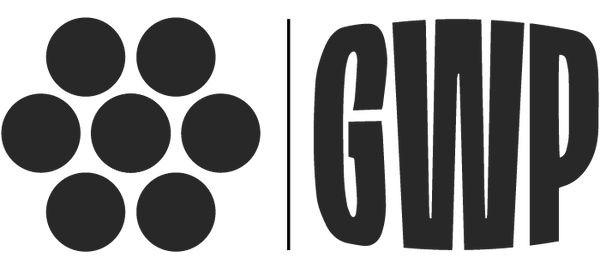
The good news: Squats and deadlifts are a multi-multi joint movement which will indirectly train the core.
The bad news: The core is made up of multiple parts — some of which are not worked when doing movements like squats & deadlifts (ie: anti-flexion & rotation). When one of these parts are not equally as strong, it can off-balance stability to the whole system.
Why isolated core work is beneficial:
First, it helps enhance this stability & proficiency in utilizing proper core engagement. Secondly, it can magnify your bracing & firing mechanics, placing a large carry over to the compound lifts.
If you want to maximize the core, it’s important to focus on these three movement patterns 1-3X/week, in addition to the compound movements:
- Anti-Extension: Any exercise where the purpose is to resist extension at the spine (plank variations, deadbug variations, ab rollouts)
- Anti-Lateral Flexion: Any exercise where the purpose is to resist flexing from side to side/lateral flexion at the spine (farmers walk, loaded carries, off loaded split squats/lunges)
- Anti-Rotation: Any exercise where the purpose is to resist rotation through the midsection (pallof press, wood chops, bird dog, side planks)
The take away? Training one way or the other doesn’t have to be mutually exclusive. Full body lifts do provide a growth & stability stimulus, but isolated work can help compliment this. ‘Is it enough’ is a personal call that depends on your goals, weaknesses, & stability patterns. But when implemented correctly, it certainly can’t hurt.


0 comments